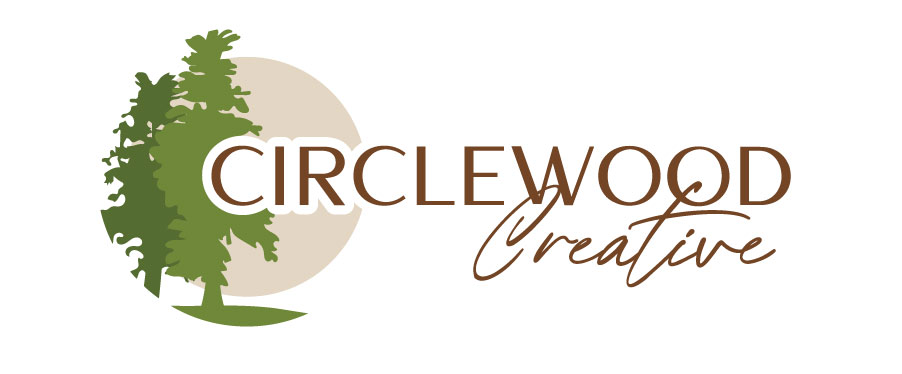Search Engine Optimization (SEO) helps people find your website, blog, or online content – and it’s a vital component of your content marketing strategy’s success. From a content perspective, a basic understanding of SEO can help drive more traffic to our website.
SEO Basics
Keywords
When you think about keywords, think about the words or phrases people will type into a search engine to find information. You want to match what people are searching for with the words and content on your website. Using the right keywords naturally in your content can help search engines like Google match your web content with user searchers. But you have to know what they’re actually searching for and make sure Google wants to show them your content when they do.
Keyword Research: You need to use the right words
Don’t guess what people are looking for. There are straightforward and (sometimes) free tools that can help you determine the right keywords to use in your web content. Knowing what people are searching for will help you decide on topics for your content. You can use the Google Keyword Planner for free or try a paid service like Ubersuggest.
These tools will give you keyword ideas based on your industry, topic and location. In addition, they’ll show you how many people search those terms per month and how competitive those search terms are.
Are links important?
Yes, strategic use of links in your content and links from other sites can help with SEO. There are two avenues of links to consider when building a content marketing and SEO strategy.
- Links within your own content can help users more easily find the information they’re looking for. These links improve readability, and Google likes readability. Linking to other areas of your website (internal links) can help keep people on the site longer. Linking to other reputable websites (external links) can bring context and relevance to your content, show authority by linking to credible sources and enhance the user experience.
- Backlinking is when you have links from other websites that lead to yours. When a high-authority website links to your content, Google sees that as a vote of confidence, and it could improve your ranking. However, it doesn’t mean you should get your links on any listing or spammy website. Having links on a few quality websites will add more value to your efforts.
Indexing
Search engines like Google crawl the World Wide Web and “index” content. Think of it like Google adding new content to its massive library. If your website content isn’t indexed, it will not appear in search engine results. Google will eventually crawl your new content and index it, but sometimes, it can take a little time. You can check if your pages or posts are indexed using Google Search Console and request a re-crawl to speed up the process.
Algorithms
Search engines use complex algorithms to determine which pages appear first in search results. These algorithms consider keywords, backlinks, page speed, and the overall user experience. Google’s algorithm is constantly changing, so staying updated with best practices is essential. You can refer to this summary of the March 2025 Google’s Core Update.
SEO Glossary
SEO (Search Engine Optimization)
The process of improving your website so it ranks higher in search engine results and gets more organic traffic.
Keywords
The words and phrases people type into search engines to find information.
Keyword Research
Discovering which keywords people are searching for, how many people are searching for them, how competitive the keywords are and incorporating them into your content.
Backlinks
Links from other websites to yours that can help boost your search engine rankings.
Algorithm
The set of rules search engines use to rank content in search results and produce results for users.
Indexing
The process by which search engines discover and store your content so it can appear in search results.
E-E-A-T (Experience, Expertise, Authoritativeness, Trustworthiness)
A set of guidelines Google uses to evaluate content quality, particularly for pages that provide important advice or information. The goal of E-E-A-T is to ensure that users receive accurate, helpful, and reliable information.
Page Title
The title of a webpage that appears in the browser tab and search engine results.
Meta Data
Information about a webpage that helps search engines understand its content, including meta descriptions, title tags, and keywords.
Meta Description
A short summary of a webpage that appears in search results and helps encourage clicks. Put your focus keyword in your meta description!
URL (Uniform Resource Locator)
The address of a webpage. Including a keyword in your URL structure can help with SEO. For example, the focus keywords “SEO glossary” are in the URL of this blog post.
Anchor Text
The clickable text in a hyperlink. For example, you can read more about web content SEO. (web content SEO is the anchor text)
Image Alt Text
Text that describes an image entered in the backend of a content management system that helps search engines understand its content. If the image becomes unavailable for users, sometimes the ALT text will still be visible to describe the photo.
Headings (H1, H2, H3, etc.)
HTML tags structure content and highlight key sections. Headings and subheadings are also important for improving your website’s readability. They allow users to find the information they’re looking for by providing anchor points for scanning eyes.
Content Relevance
How well does your content match what users are searching for? You should ensure your content is optimized for the keywords you use. For example, don’t use the keywords “plumbers in Vancouver” for a blog about HVAC repair.
Keyword Density
The percentage of times a keyword appears in a piece of content. At the time of writing, it is suggested that you use your keywords once every 100-200 words and include them in page titles, headings, alt text and meta descriptions.
Bounce Rate
The percentage of visitors who leave your website after viewing only one page.
Dwell Time
The amount of time a user spends on a webpage before leaving.
Breadcrumbs
A navigational feature that helps users understand their location within a website.
Internal Links
Links that connect one page on your website to another page on your site, helping users navigate and boosting SEO.
External Links
Links that point from your website to another website are often used to reference sources or provide additional information. External links show credibility and enhance the user experience.
Readability
How easy is your content to read and understand? Clear, well-structured content using common language is better for users and search engines. Break your post into short paragraphs, use bullet points, and add subheadings for easy scanning.
Categories
A way to organize blog content is by grouping related posts together, making it easier for users to find relevant information. In a blog format, users can click on a category link to find all the content related to that category.
For example, Content Marketing is a category of this blog post. You can find a link to that category at the bottom of the post, and when you click on it you’ll find other articles related to that category.
Tags
Keywords or phrases used to label blog posts, helping users find content on a specific topic. Tags can be similar or the same as your keywords and categories.
Schema Markup (Schema)
A type of structured data that helps search engines understand your content better. It is often used for rich snippets like star ratings and FAQs in search results. Depending on your content management system or website file database, it could include a schema markup. For example, some websites use the Yoast SEO plugin, which comes with schema markup.
Page Speed
How fast a webpage loads. Faster pages improve user experience and can positively impact search rankings. Compressing image and video files and using responsive images can help improve page speed.
If you need help improving your website’s SEO, contact Circlewood Creative!





